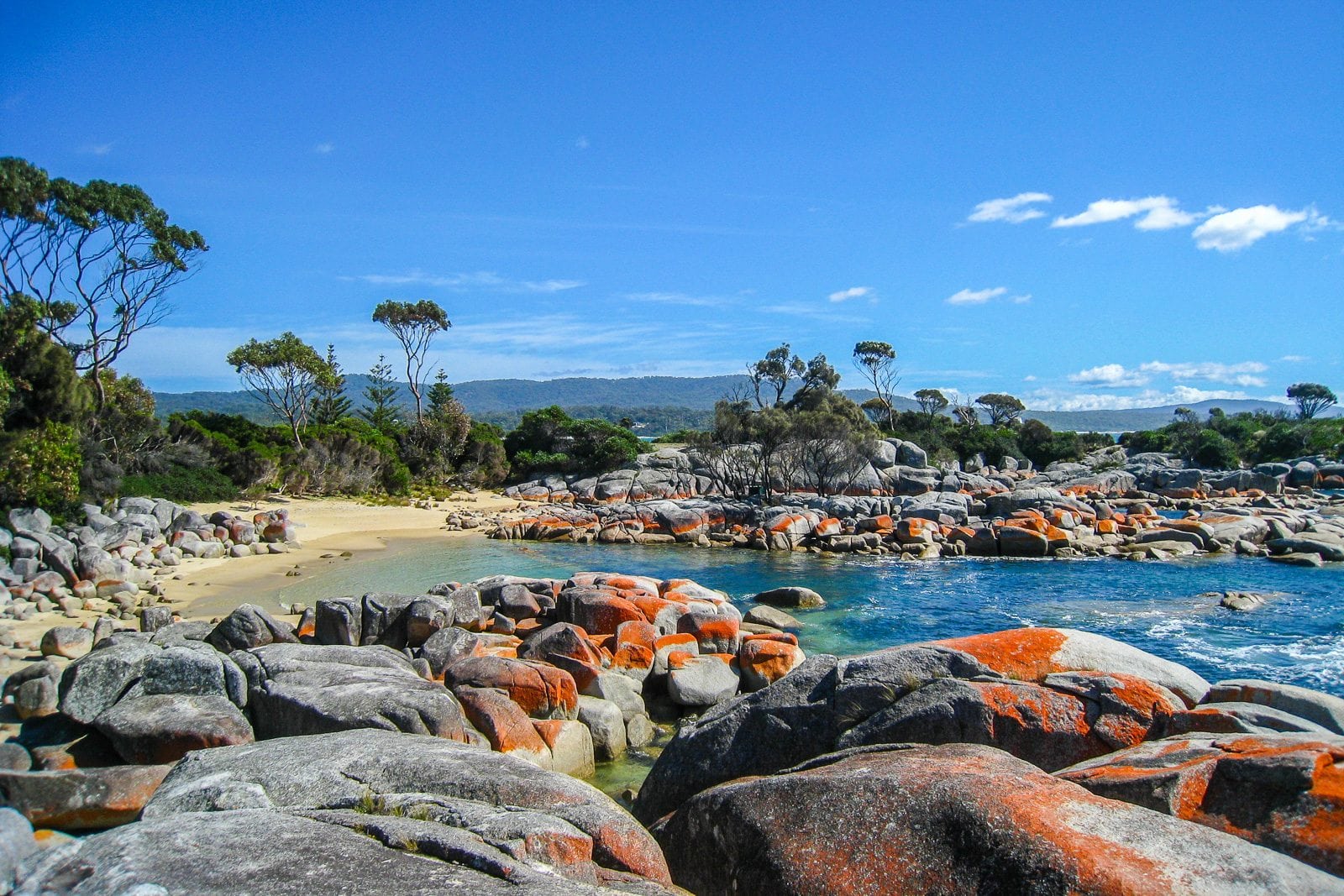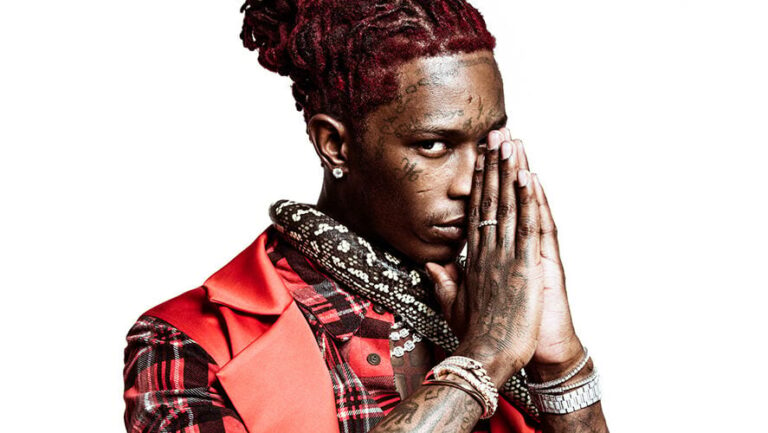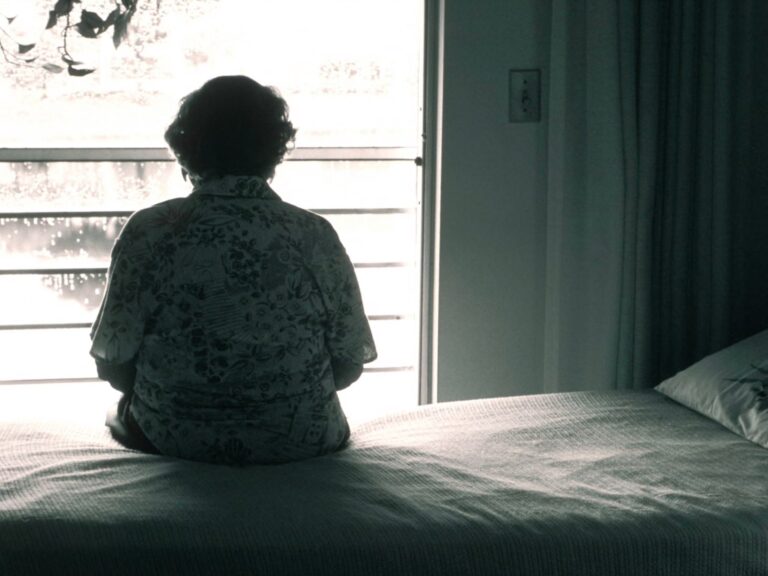By Mark Wild on SwimSwam
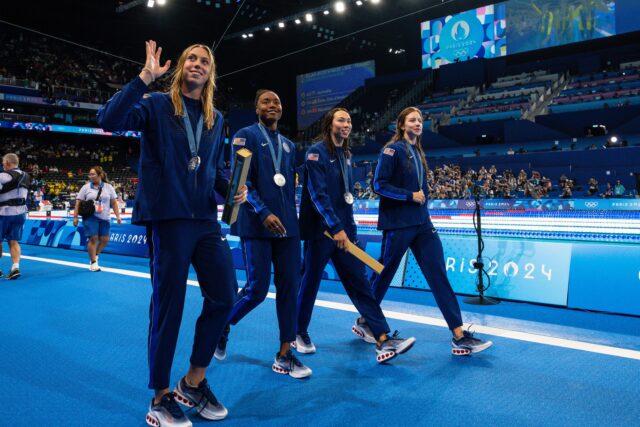
2025 World Championships
BY THE NUMBERS – Women’s 400 Free Relay
- World Record: 3:27.96 – AUS (M. O’Callaghan, S. Jack, M. Harris, E. McKeon), 2023
- World Junior Record: 3:36.19 – CAN (T. Ruck, P. Oleksiak, R. Smith, K. Sanchez) – 2017
- Championship Record: 3:27.96 – AUS (M. O’Callaghan, S. Jack, M. Harris, E. McKeon), 2023
- 2023 World Champion: AUS (M. O’Callaghan, S. Jack, M. Harris, E. McKeon) – 3:27.96
- 2024 Olympic Champion – AUS (M. O’Callaghan, S. Jack, E. McKeon, M. Harris) – 3:28.92
Long a dominant force in the sprint freestyles, going back to the likes of Dawn Fraser and Shane Gould, the Australian women have continued the tradition as Libby Trickett, and Cate Campbell have all held the 100 free World Record. But to be the strength that they are in Women’s 4×100 free relay, it takes more than just a star, as the Australian’s have been undefeated in this relay at the Olympics dating back to 2008 and at Worlds have won every meet since 2017 (They did not top the podium in 2024, more on that later).
The Australian women represent half of the top 10 fastest performers in the 100 free, as Emma McKeon (#2), Mollie O’Callaghan (#7), Bronte Campbell (#9), and Shayna Jack (#10) join Campbell (#4) on the list.
After taking over the World Record at the 2014 Commonwealth Games, the Australians in the run-up to the 2023 Worlds had lowered it a further three times to sit at 3:29.69, when the team of B. Campbell, Harris, McKeon, and C. Campbell cracked the 3:30 barrier for the first time at the Tokyo Olympics. In Fukuoka, however, the addition of O’Callaghan and Jack to McKeon and Harris saw the Australians enter rarified air as they cut nearly two seconds off the previous mark, as they stopped the clock in 3:27.96.
MOC led off in 52.08, the 7th fastest performance ever, and handed things off to Jack, who split 51.69. With Harris and McKeon going 52.29 and 51.90, the race was over before it got halfway through, and entering the Olympics in Paris, they were the heavy favorites. In Paris, the same quartet was a little slower, but still nabbed a new Olympic record in 3:28.92, the 2nd fastest performance of all time.
Much like in Fukuoka, the Americans and Chinese were locked into battle for the silver medal in Paris. At the 2023 Worlds, Kate Douglass passed Zhanfg Yufei in the last leg of the race to take the win 3:31.93 to 3:32.40, with the latter time marking a new record for the Chinese. In Paris, Torri Huske‘s 52.06 moved the US up from 4th into 2nd, and Simone Manuel‘s 52.61 was enough to hold off Wu Qingfeng‘s 52.31 as the US set a new National record of 3:30.20, with the Chinese just .1 back, also with a new record.
“Golden Years”

World Aquatics Championships
Fukuoka (JPN)
14-30 JULY 2023
On paper and with the historical precedent they have set, the Australians would appear to be the heavy favorites in this relay, but the perfect storm of key absences and improvements made by other nations may make the Australians as vulnerable as they have been in the past six years.
Mollie O’Callaghan won the event at the Australian Trials in 52.87, and with the absence of Sarah Sjostrom, she is the top seed in the individual event. event. Joining her in the event is Olivia Wunsch, who placed 2nd with a time of 53.38. Based on the final results alone, the 3rd and 4th place finishers with times of 53.53 and 53.83 likely round out the relay.
With a cumulative time of 3:33.61, it is the slowest over the last four big championship meets (2022, which saw some swimmers head to Budapest for Worlds and others to Birmingham for the Commonwealth Games, had a 4th-place finishing time of 53.19). The times, while not as fast as the previous year’s, can be a little misleading. With the absences of McKeon and the Campbells, MOC did not need to go full send to earn a spot in the event. Also missing is Harris, who was swiftest in prelims, stopping the clock in 53.01, but ultimately withdrew from the final to concentrate on the 50 free, an event where she is the Olympic silver medalist and highest placed returned from Paris.
With MOC and Harris likely in the final, the last two spots will come down to whoever is fastest in the prelims. The Australians added Milla Jansen (53.95) to their roster as a relay swimmer, so she likely will contest with Perkins, Casey, and Webb. Singapore will be Webb’s, aged 24, and Casey, aged 19, first time on the Australian Dolphins team, and with Jansen (18) and Wunsch (19), this will be a young and somewhat inexperienced relay for the Australians; a fact that may have the Americans oiling up their cowbells.
“Heroes”
As mentioned above, the US secured the silver in Fukuoka and Paris, thanks to strong performances by Douglass and Huske. The pair returned to the relay in Singapore, joined by fellow Olympic medalists Gretchen Walsh and Simone Manuel. At the 2025 US Nationals, Huske, who claimed silver in the individual 100 free in Paris in a new PB of 52.29, set a new US Open record of 52.43, marking her second time under 52.50. With Walsh taking second in a new PB of 52.78 and Manuel breaking 53.00 for the first time since 2019, the USA seems poised to set another American record.
The quartet’s cumulative time sums to 3:31.20, exactly one second slower than their time in Paris (and not taking into account relay splits), and it is the first time since at least 2021 where the Americans, on paper, have been faster than the Australians, whose time added up to 3:33.61. While again, in all transparency, the Australians likely have much more time to drop, but the USA does too, as Douglass was .60 off her PB and split 51.79 in Fukuoka on the mixed medley relay.
With the relay occurring on the first evening, Douglass, with a heavy schedule, is devoid of any doubles. Still, both Huske and Walsh will have the 100 fly semifinals in the same session, as will Australia’s Perkins. The USA’s recent illness woes may be a cause for concern, but the USA seemingly looks to be in a good position to recapture this World title for the first time since 2017, when Manuel anchored in 52.14.
In 2017, the Chinese team finished 6th, nearly five seconds behind the USA, and two years later, they finished 5th, but more than five seconds behind the winning Australians. A disappointing Tokyo Olympics saw the Chinese fade to 7th, but since then, they have been on a tear. Budapest 2022 saw them jump to 4th place, recording a time of 3:35.25, albeit still more than four seconds behind the leader. The following year in Fukuoka, they jumped onto the podium, winning bronze in a new record time of 3:32.40.
 In Paris, they smashed that time, setting two national records at once, as not only did the team record a new best of 3:30.30, but also Yang Junxuan led off in 52.48, also resetting the national record in the event. Joined by Cheng Yujie (52.76), Zhang Yufei (52.75), and Wu Qingfeng (52.31), the quartet found themselves just a tenth of a second off the silver medal.
In Paris, they smashed that time, setting two national records at once, as not only did the team record a new best of 3:30.30, but also Yang Junxuan led off in 52.48, also resetting the national record in the event. Joined by Cheng Yujie (52.76), Zhang Yufei (52.75), and Wu Qingfeng (52.31), the quartet found themselves just a tenth of a second off the silver medal.
The Chinese return both Wu and Cheng to the relay, with the pair representing the 0th and 10th seeds in the individual 100 free. The pair are entered with seeds of 53.25 and 53.27 and were very similar to those times at their selection meet going 53.27 and 53.35. After those two, things dropped off as Yu Yiting and Yang Wenwen were 54.31 and 54.66 for 3rd and 4th. Giving the quartet a cumulative time of 3:35.59.
However, nothing says the Chinese need to use Yu Yiting and Yang Wenwen. Zhang Yufei will likely have the semifinals of the 100 fly before this relay, but she is certainly not alone with that double. Li Bingjie, too, could be an option as she has a personal best of 53.55 dating back to last year and just recently lowered her PB in the 200 free, but she too faces the issue of a busy schedule as she has the finals of 400 free in the same session and the 1500 prelims the next morning.
Losing Yang Junxuan, who is not on the roster for China, on the front leg is going to be tough to make up, but with three returning legs, the fact that the next four finishers fr0m Paris also all missing at least one leg, and with a buffer of over two seconds to the 4th place finsher, Canada, the Chinese are in a strong position to make a run at another podium finish.
“Under Pressure”
The Canadian women have more often than not finished amongst the top 4 in the World in this event over the past decade, highlighted by their Olympic silver medal in Tokyo and then following that up the next year in Budapest with a World silver. However, due to retirements and nationality changes, the Canadian women have been slowly moving down the rankings. Kayla Sanchez switching her sporting nationality to the Philippines, and Rebecca Smith not competing internationally in 2023, were two of the reasons the Canadians fell to 7th in Fukuoka.

19th FINA World Swimming Championship, Budapest, 2022
courtesy of Fabio Cetti
2016 Olympic co-champion in the individual event, Penny Oleksiak, was also a key leg on those silver medal-winning relay but was also missing in 2023, and while she returned to help the team finish 4th in Paris, she has been forced to withdraw from Worlds in Singapore due to issues with anti-doping rule violations. Coupled with the retirement of Maggie MacNeil, the Canadians are going to need some strong performances from swimmers not traditionally known as 100 freestylers to help them stay ahead of the pack.
Taylor Ruck, who was a member of that 2022 Worlds team, is Canada’s lone entrant in the individual 100 and was just 54.41 at Canadian Trials. Behind her at Trials were Brooklyn Douthwright (54.74), Ingrid Wilm (55.15), and Sienna Angove (55.17), giving the quartet a cumulative time of 3:39.47. However, as mentioned, the Canadians can and likely will turn to superstar Summer McIntosh and Mary-Sophie Harvey.
Each has a busy schedule with McIntosh swimming the 400/800 free, 200 fly, and 200/400 IM, while Harvey tackles the 200 free, 200 breast, and 200/400 IM, but could, if the coaching staff feels like it, be added to the team. McIntosh has a flat start PB of 53.90 with Harvey at 53.71, and on paper, they would make strong additions to the team, but with the relay occurring in the same session as the 400 free final and 200 IM semifinals, it may be prudent not to overload them on day one of the meet.
France, in front of a home crowd, finished 6th in 3:34.99, just ahead of the Brits who finished in 3:35.25 for 7th, but like the Canadians, are looking at some new relay members. The French lose Charlotte Bonnet, their national record holder (52.74) and the 21st fastest performer of all time, while the Brits lose their national record holder (52.75) and the 22nd fastest performer of all time, Anna Hopkin.
Of the two nations, the French seem better placed, as Bonnet was their slowest leg in Paris, splitting 54.14 with a flying start, while Hopkin was the second fastest with a 53.31 lead-off. While each are just missing one swimmer from Paris, its not as easy as just putting the next fastest swimmer up as each have several options to play with.
Beryl Gastaldello‘s 53.60 from the French Nationals ranks here amongst the top 20 in the world, but she far and away leads the team. Behind her were Marina Jehl, Marie Wattel, and Albane Cachot, who were 54.24, 54.51, and 54.61, respectively. Those four on paper seem to be the best bets, but Mary-Ambre Moluh, who tied for 6th at 54.91, was on the relay in Paris and posted the squad’s fastest split of 53.37.
Freya Anderson won the British trials in 54.09, .01 ahead of Paris teammate Eva Okaro. The pair is a sure bet to make the relay team, but the other two spots are up in the air. Finishing in 3rd and 4th behind them were Freya Colbert (54.54) and Theodora Taylor (54.59); however, Taylor was not named to the team, leaving the last spot open.
6th and 7th place finishers Abbie Wood (54.98) and Lucy Hope (55.18) are on the team and while Wood was faster at the Aquatics GB Championships, she likely has the 200 IM semis in the same session and Hope does have a PB of 53.89, albeit dating back to 2021 and was their slowest leg in Paris going 54.95 off a flying start.
“Star[wo]man”
The depth of the Australians and the USA used to be matched by the Dutch, who claimed three medals in this event at the Olympics during the 2000s, capped by a gold at the 2008 Beijing Games. A year later, they re-broke their own World Record in 2009 at the peak of the super-suit era, winning in Rome with a time of 3:31.72 (a mark that would stand until the Aussies broke it in 2014).

ATHLETE: MARRIT STEENBERGEN
PHOTOGRAPHER: Gianmattia D’Alberto/LaPresse
USAGE: BTL (excludes ADV)
Even without the suits, the team won at the 2011 Worlds and claimed silver at the London Games. Yet slowly, with retirements, those golds and silvers turned to bronzes, and by 2019, they had fallen out of the medals. They have always been in the finals but have been relying on the prowess of Marrit Steenbergen, who, despite splitting 51.84 in Fukuoka, the Dutch finished 6th in a time of 3:35.41, more than three seconds back of the medals.
We haven’t spoken much about the 2024 Worlds in this article, and for good reason. While one cannot take away the accomplishments and medals from the meet, the placing bears little relevance to this article, as it was a sparsely attended meet. The Dutch team of Kim Busch, Janna van Kooten, Kira Toussaint, and Steenbergen topped the podium, claiming gold, but in 3:36.61, more than a second behind their time from Fukuoka. In Paris however, the Dutch may have been playing it a little too cautiously as they left Toussaint off the relay and finished 9th in the prelims, half a second out of qualifying for the final.
Steenbergen looks strong this season, posting a 52.77 in May of this year and sits second in the World. Joining her for a strong one-two punch is Milou Van Wijk. Absent from the team last year, the 20-year-old ripped a 53.18 in March of this year, which led the world rankings at the time and now sits 9th. After those two, with a small roster, the Dutch don’t have many options but likely will use Tessa Giele and Sam van Nunen, who were both part of the relay in Paris.
Getting the better of the Dutch in the prelims and taking that last spot in the final were the Italians. Much like the Dutch, the Italians have traditionally had a strong start to lead their team, with Federica Pelligrini taking the role for much of her career, but Sara Curtis is looking to jump into the role. Curtis was 53.93 in the prelims and 54.24 in the finals in Paris on the relay, but in the intervening few months has exploded, posting a new national record of 53.01 at the 2025 Italian National Championships this past April.
Curtis likely will be joined by Emma Virginia Menicucci, who is also entered in the individual 100 as well as by Chiara Tarantino and Sofia Morini, who rounded out their relay in Paris. The quartet finished 8th in the final with a 3:36.51, but with Curtis now over a second faster with a flat start, she alone could drop a second and a half from the time and easily undercut their national record of 3:35.90.
The only team not yet mentioned from the Olympic Final are the Swedes. No other nation fits better into this Heading as they do, as they have been led for years by Sarah Sjostrom, the world record holder and 2024 Olympic Champion in the individual event. However, with her absence and the retirement of two-time World medalist, Michelle Coleman, the Swedes have opted not to field a relay this year.
“Let’s Dance”
With the Swedes’ absence, the Dutch would be a likely candidate to jump into the final, but another team may have something to say about it, as the Neutral Athlete B team, made up from athletes who live within Russia, is making their return to this event.
Entered with no time, the NAB team is dangerously unseeded. They have two swimmers seeded amongst the top 16 in the individual event, with Daria Klepikova in 11th (53.48) and Daria Trofimova in 15th (53.75). Milana Stepanova and Arina Surkova joined those two in Budapest at Short Course Worlds, taking 4th in a new national record for Russia. But Stepanova, who is entered individually in the 200 back, and Surkova, who is entered in only 50s, may be replaced by Alexandra Kuznetsova and Daria Surushkina, who placed 3rd and 4th at their trials with times of 54.28 and 54.69.
The quartet’s time, from their trials, sums to 3:36.67, which puts them right into the mix of things.
“Where Are We Now?”
With the improvements made by the United States over the years, and with the Australians looking to their younger stars to fill in their gaps, this relay looks to be the Americans’ to lose. They defeated the Aussies by over three seconds at Short Course Worlds, but it’s not the most accurate indicator, as Douglass and G. Walsh are two of the best short-course swimmers in the world.
The Australians still do have MOC and Harris, who are a formidable twosome and should be enough to hold off the Chinese for the silver. After the top three things get a little tighter. The Canadians had a very strong performance in Budapest to win the bronze, but they lost Penny Oleksiak from that relay, and McIntosh’s availability is in question. The reloaded Dutch team and the NAB team look to be in contention for a high finish, but it’ll all come down to whether the Dutch’s two stars can do enough to keep their weaker legs out of trouble.
After them, the Italians, the Brits, and the French seem likely to duke it out for the last spots. The Italians look strong but will need Curtis to be on form. The French are in a similar boat with Gasteldello needing to be near perfect, and Wattel will need to return to form after having failed to qualify for any individual events. The Brits are the big question mark. Last year, Anderson was recovering from glandular fever and was a little off in Paris, but if she can get back into form and if Hope can pull herself back into the low 54 range, then they could be into the final.
SwimSwam’s Picks
| Place |
Nation |
Entry Time |
National Record |
Olympic Finish |
| 1 |
USA |
3:30.20 |
3:30.20 |
Silver |
| 2 |
Australia |
3:28.92 |
3:27.96 |
Gold |
| 3 |
China |
3:30.30 |
3:30.30 |
Bronze |
| 4 |
Netherlands |
3:36.78 |
3:31.72 |
9th |
| 5 |
Canada |
3:32.99 |
3:31.78 |
4th |
| 6 |
NAB |
N/A |
3:37.68 |
N/A |
| 7 |
Italy |
3:36.28 |
3 |
8th |
| 8 |
France |
3:34.99 |
3:34.65 |
6th |
Dark Horse: Hungary – The Hungarians finished 10th in Paris, swimming 3:37.33 in the prelims, but had set a national record of 3:36.77 a month earlier at the 2024 European Championships. A few months later, in front of a home crowd and in short-course meters, the same quartet of Nikolett Padar, Panna Ugrai, Petra Senanszky, and Lilla Minna Abraham set another new national record, finishing 7th in a time of 3:30.10. Better suited to the 800 free relay, the Hungarians could sneak into the final, especially is some nations in front of them don’t put forth their strongest prelim line-up.
Read the full story on SwimSwam: 2025 World Championships Preview: Changes Afoot – US Poised to Topple Aussies in W. 4 FR Relay


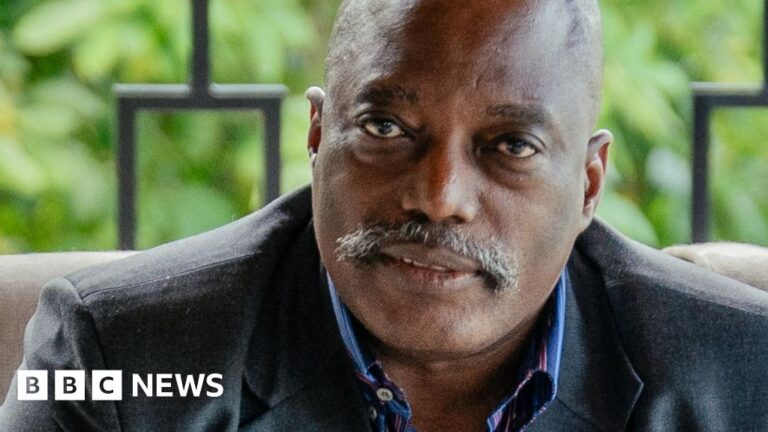

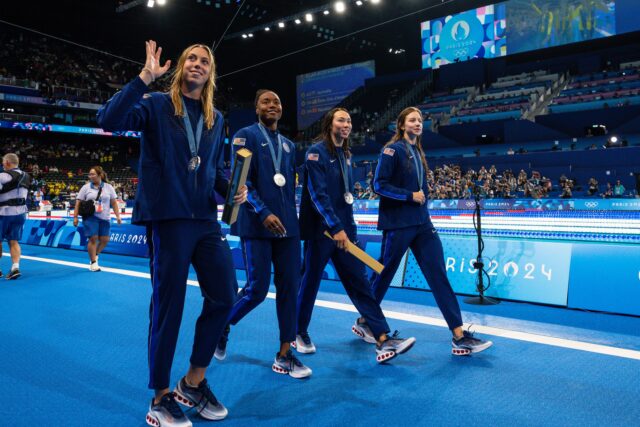


 In Paris, they smashed that time, setting two national records at once, as not only did the team record a new best of 3:30.30, but also
In Paris, they smashed that time, setting two national records at once, as not only did the team record a new best of 3:30.30, but also 



